Please make sure to book a suite and note that you must complete a quick training in order to use a Podcast Room.
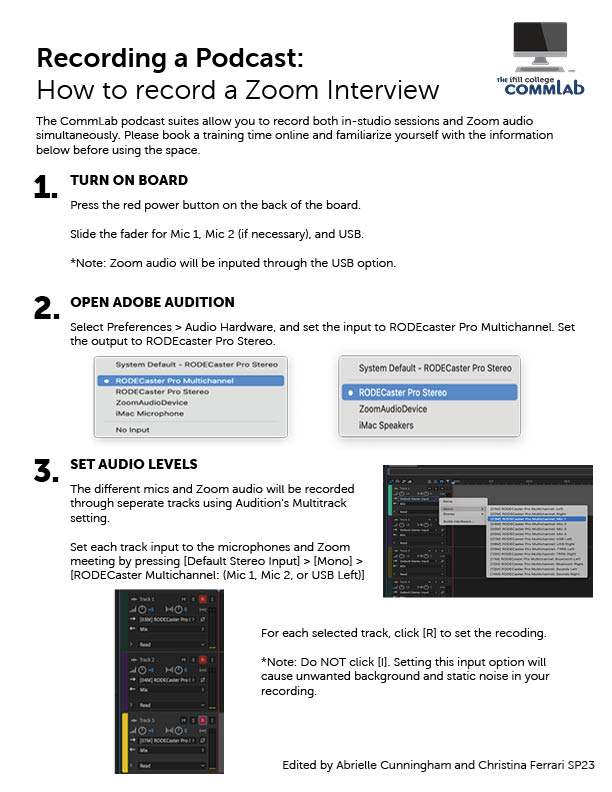
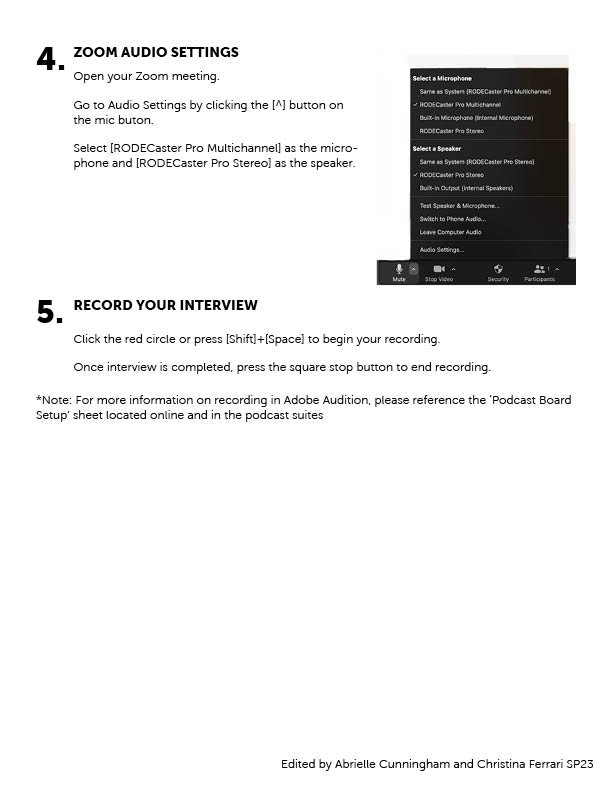
Please make sure to book a suite and note that you must complete a quick training in order to use a Podcast Room.


What is Anchor?
Anchor is Spotify’s free podcasting platform. You can create, distribute, and monetize your podcast and signing up is free. It is a great platform for creators of all levels to start their own audio projects.
Platforms Anchor can distribute your content to:
What you can use Anchor for:
How to get started:
From their homepage, click on “Get Started” or “New Episode” and make your free account. Once you make your account, you can either start recording your audio project on the platform itself, or you can import audio files you already have.
Anchor can import these type of files with a maximum file size of 250 MB :
If you already have an existing podcast, you can copy and paste your podcast’s RSS feed into Anchor so that Anchor can make the switch for you.
Once you have finished recording or have uploaded your recording, you can add music if you’d like and/or edit the audio on Anchor’s platform. You can choose from Anchor’s selection of “smart background music” or add songs from Spotify right from the same dashboard. Anchor’s music and music from Spotify have licensing agreements which you can find here.
You can choose to add background music or search for a song on Spotify by clicking the “music” icon.
Once you have recorded and if you’d like to edit the audio, click on the 3 dots next to the audio file and select “Edit audio”. It will then bring you to the audio editing dashboard.
When you’re ready to publish your recording, click “Save” to save any changes you’ve made and you’ll be able to then name your episode, write up a description, and choose when to publish the episode.
Before Anchor distributes your content though, you have to set up your podcast that the episode will be published under. You can also upload your own logo or podcast cover image. If you need help coming up with a name, Anchor has a great tool and tips page on how to find something that suits you.
Other helpful tips:
If you already have a podcast, you can switch to Anchor and connect yours via their “Switch to Anchor” instructions at the top of their homepage. Your personal Spotify account will remain separate from your hosting account on Anchor.
You can also download an audio file you’ve either previously recorded or uploaded to Anchor by clicking the 3 dots next to your episode and clicking ‘download’. It will automatically download as a .m4a file.
Watch this video or look at the image to help set up the podcast board!
Make sure to book the space and please note that you must complete a quick training in order to use a Podcast Room.
CLICK HERE to find the RØDEcaster Multitrack Template.
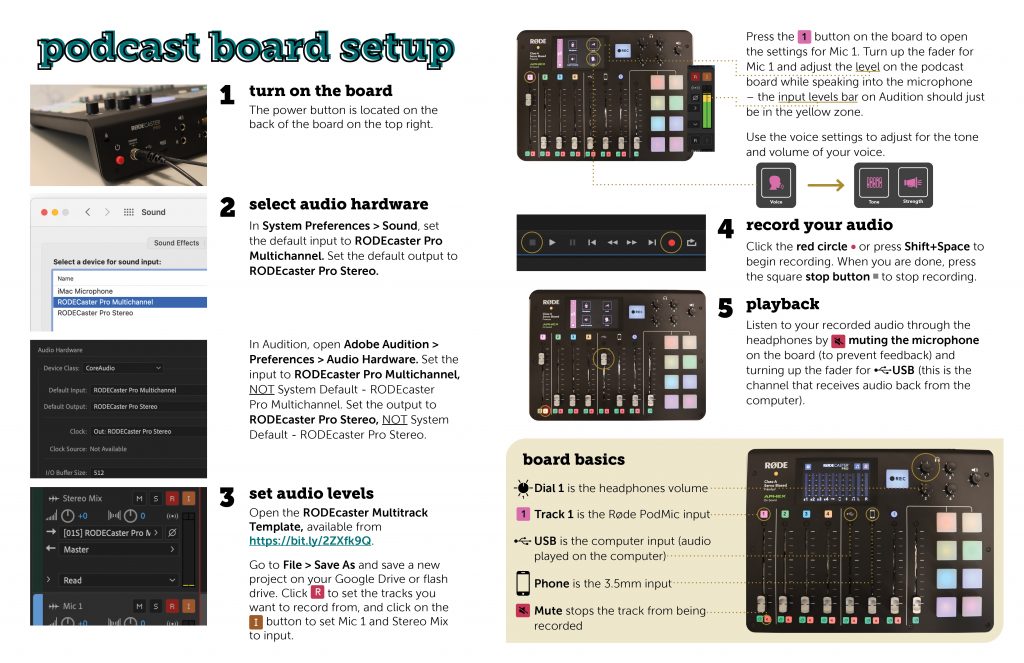
Before you can make a multitrack recording in the podcast rooms, you will need to set up tracks for each of the Rødecaster’s inputs. You can do this easily by downloading our template with preset tracks:
Unzip the file and open it in Audition. Then go to File > Save As to save your new project. Make sure to save it in the same place as any .wav recordings to make sure you do not lose them!
If you are recording by yourself using only the PodMic, you do not need to use multitrack recording. Instead, simply set your input and output to Rodecaster Pro Stereo under Adobe Audition > Preferences > Audio Hardware and record your audio to a .wav file.
The Snowball mic is one of the easiest and simplest mics to use for audio recording. Better yet, it producers top-tier sound with little fuss.
When you get your Snowball mic, the first thing you want to do is assemble it.

3. Select your desired recording setting
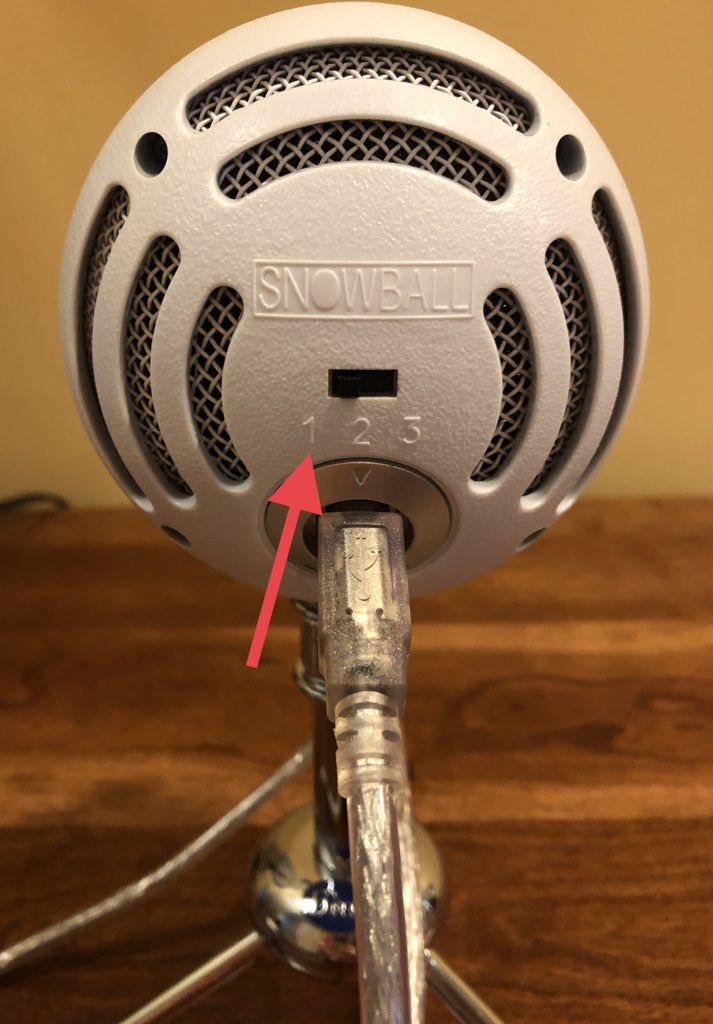
When you open Audition, the Snowball mic should appear as the Host audio track. This means you’re ready to record, all you have to do is hit the red button in Audition and get started!
Here is a helpful video that goes over Snowball mic set up:
For many first-time audio producers, the Voice Memos app is a great resource to quickly record audio on the go. It is simple to use, just hit the red button and speak! With a good recording set up, your recorded audio can be production-ready.
However, there’s not always time to make a blanket fort or makeshift recording booth. Maybe you’re on the go or somewhere that’s windy or noisy. Don’t worry! Here are two quick tips that will improve your Voice Memos audio.
1.) Turn on Enhanced Audio
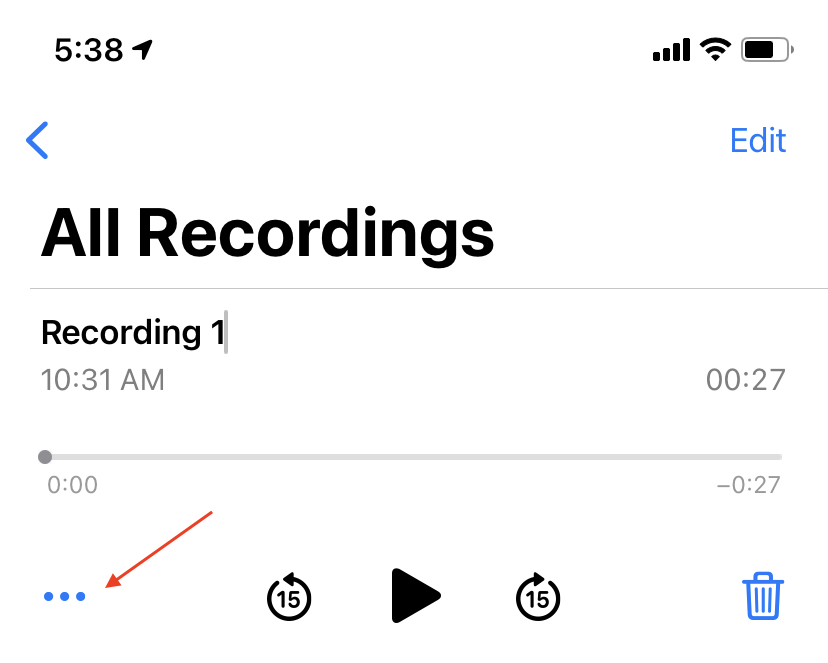
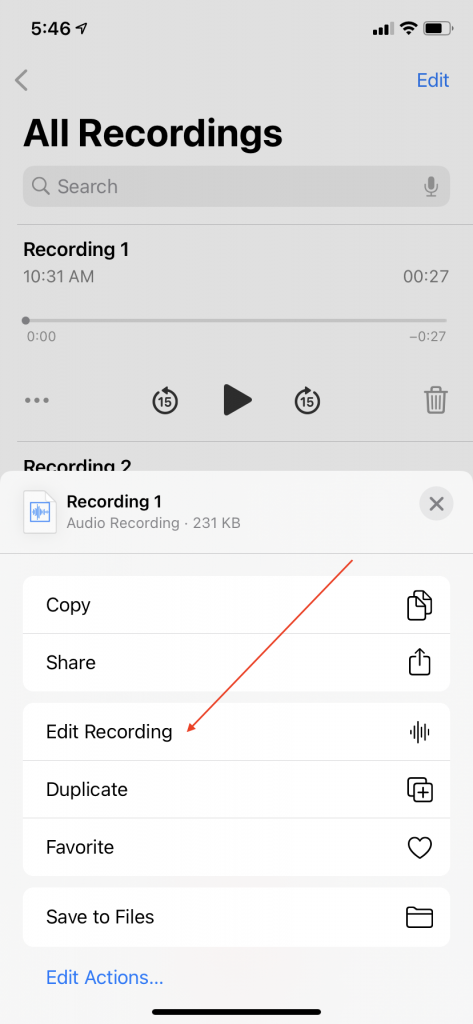
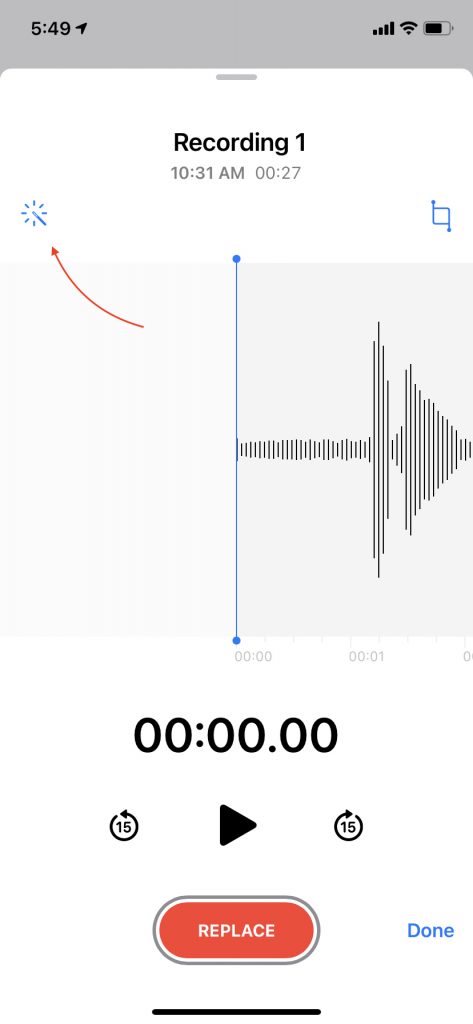
And that’s it! This little wand will help clean up your audio in just one click!
2.) Put a piece of tape over your mic
It’s really that simple.
All you need is a small piece of ordinary tape. Stick it over your phone’s microphone to cut down harsh wind or noise sounds when recording outside!
Your phone can be a great tool to record soundbites on the go. Check out this video to see the ten best apps for recording on your iPhone!
Disclaimer: Not all of these apps are free!
However, these apps can help customize and professionalize your audio and decrease editing time later on. Plus, they are super simple to use!
High-quality audio is essential for successful podcasts. Check out this helpful video and blog post from The Podcast Host to learn how to optimize sound quality and record separate audio for you and your guest!
Key Takeaways:
Audio Optimization
To Record Separate Audio for Two Speakers/People
This should leave you with two separate m4a audio files that you can easily upload to iMovie, Garageband, and Adobe Audition!
Over the past year, COVID19 has forced us to get creative when recording at home. Without recording booths and sound-proofed walls, the task can feel daunting–especially for someone just starting out.
Do not fear!
Here are three easy setups that can help you get quality audio recordings right from your bedroom.
Setup 1: The Ol’ Comforter
What you’ll need:
This is probably the easiest setup for at-home recording. All you need is a comforter and a little patience and you’re good to go.
Step 1: Prepare to record. Whether this means connecting your mic to your laptop or simply plugging your headphones into your phone, make sure you’re ready to go.
Step 2: Throw the comforter over you and the mic. Make sure there’s enough room for you to breathe and your mic is in a good position to record. Sometimes I will prop the comforter up on pillows around me to help create space underneath.
Step 3: Record!
It can take some adjusting and a few tries to perfect but a blanket fort can create a great barrier between you and outside sound. The result is crisp, interruption-free audio.
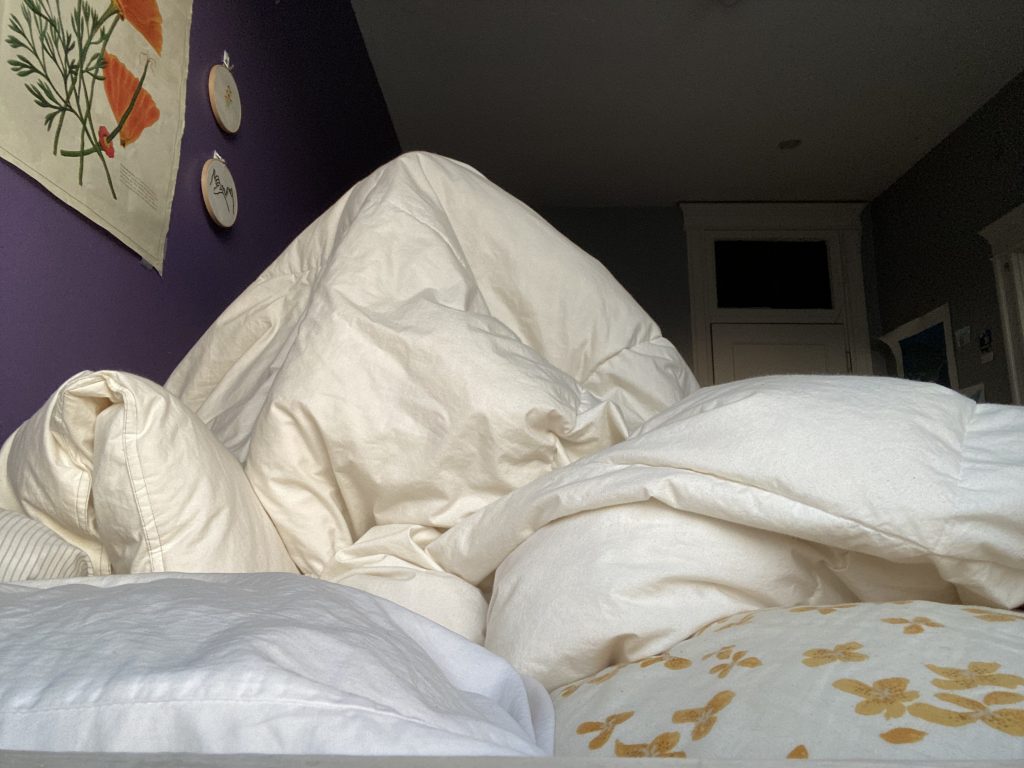
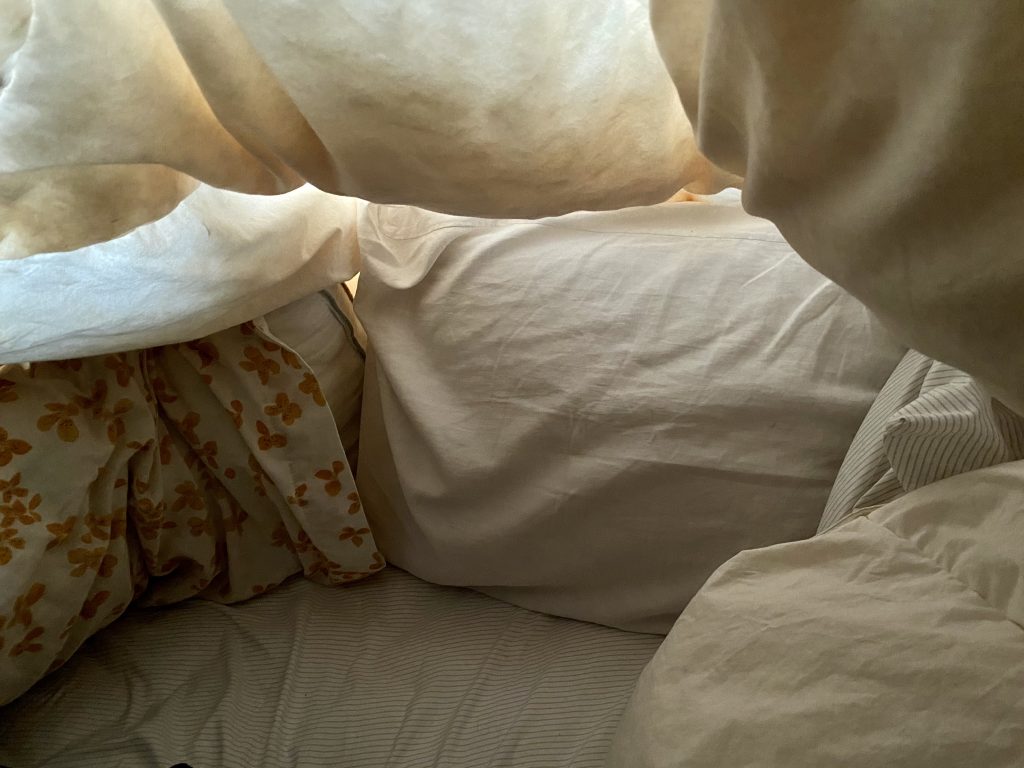
Setup 2: The Sound Cave
What you’ll need:
If you want more room to move around or have materials you’d like to have while inside your at-home recording booth (a snack or script, perhaps), the sound cave will be right for you.
Much like is smaller cousin, the comforter booth, the sound cave relies on a blanket to buffer sound. However, the sound cave gives you more room to work. Bonus: your head doesn’t need to be used to prop it up!
Toss your comforter over your ironing board and sneak under it for a hassle-free recording space with a little more elbow room. For addition wiggle room, drape one side of your blanket over your ironing board and the other end over a bed or desk!
Setup 3: The Closet
This final setup is extremely simple and takes seconds to complete!
Step 1: Sit down in your closet and close the door.
Step 2: Record.
Yep. That’s it. Your closet can be an ideal space to record because it has built in buffering from the clothes hanging above you. The material will help absorb sound just like a blanket would and closing the closet door will provide extra sound-blocking.
If you have a light in your closet (lucky you), go ahead and turn it on so you’re not sitting in the dark. If you don’t have a light in your closet (no worries), let the light from your laptop screen illuminate your smiling face and enjoy your new recording booth!
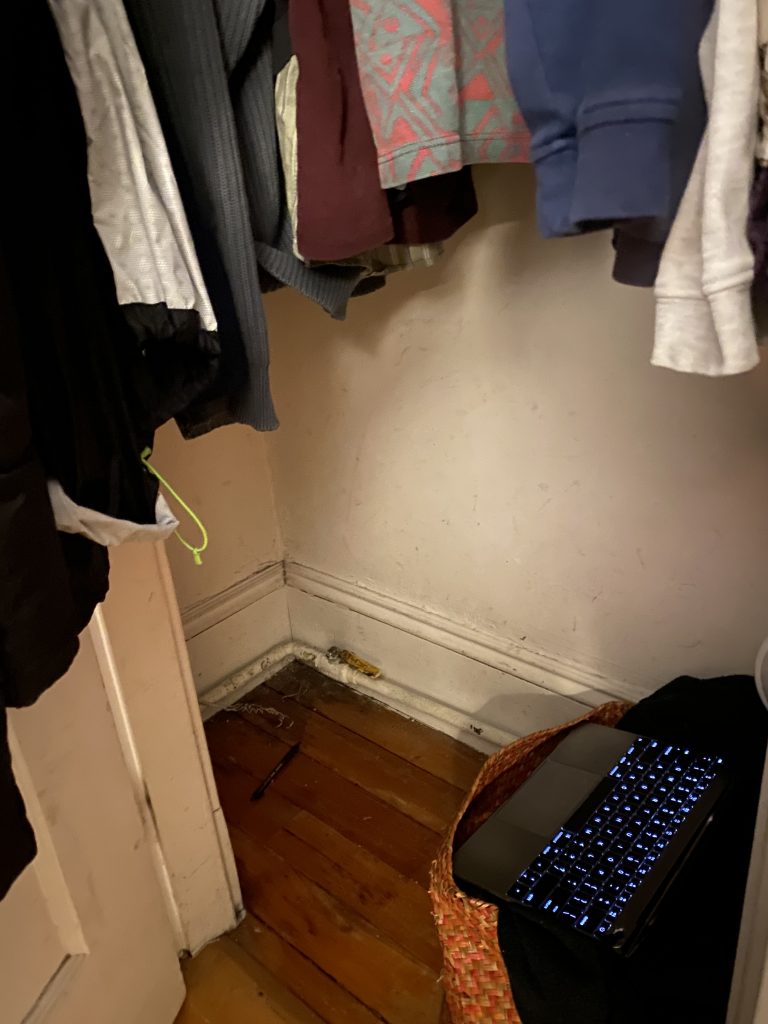




Best of luck with your at-home recording booths! Be sure to tag @commlabsu in any of your setup photos, we love to see it!